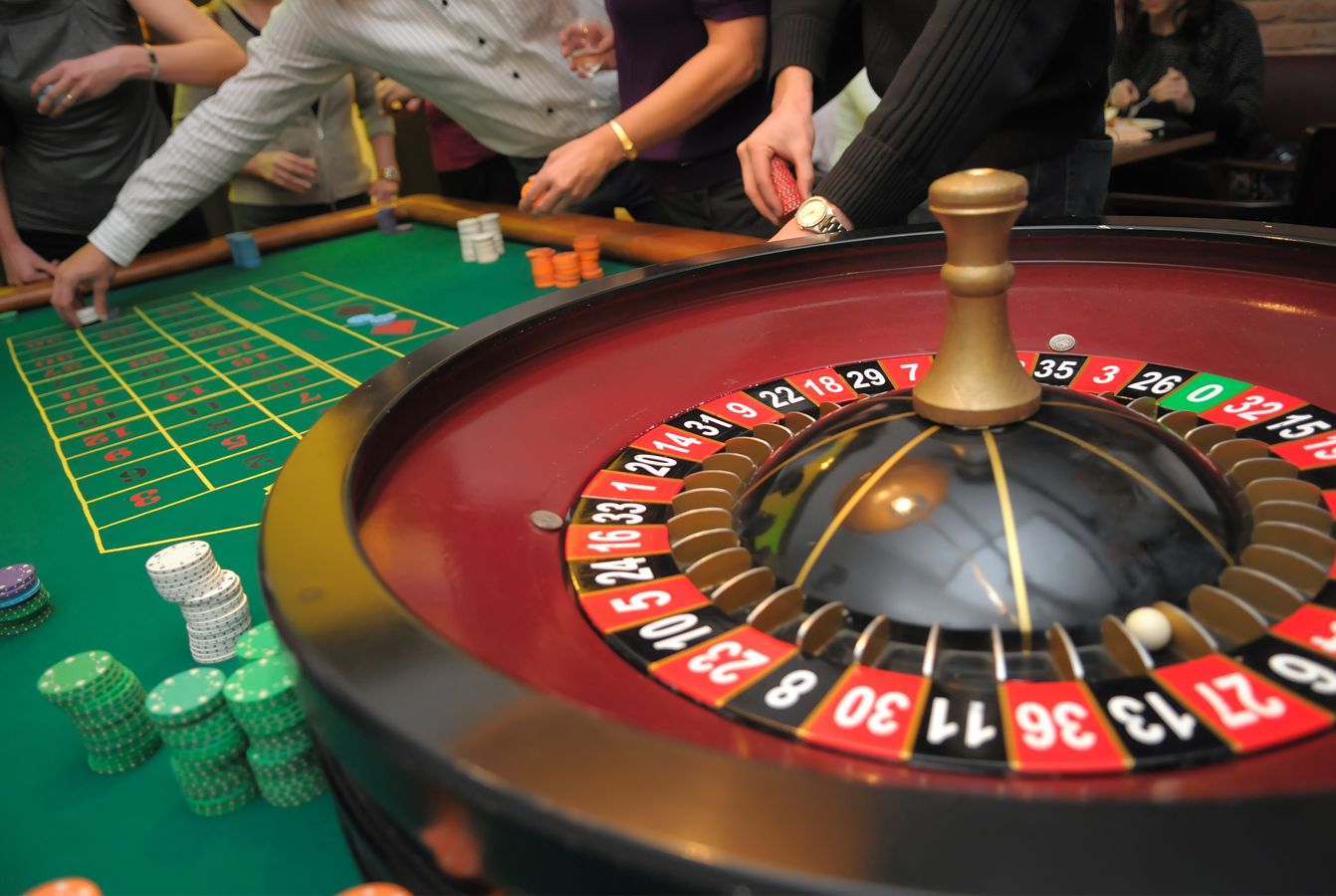Does your poker room need a jump start?
June 29, 2014 7:01 pm Leave your thoughtsBy Phillip M. Trupiano,
Poker players are a different breed of people for sure and attempting to understand their motivations is often difficult, much like attempting to herd cats! You can group most into 3 categories; the recreational, the daily grinder, and quasi-professional. I say quasi, simply because this player often has a main source of income that doesn’t involve playing poker. To be honest, if many of these players had to depend on their poker outcomes they may as well starve, although some are quite impressive and can grind-out a modest lifestyle.
If a casino wants to be considered a full service operation it must provide its guests with ancillary games such as live Poker. Although there are many other games or services that fall under this umbrella, such as Bingo, Race Book, Sports Book, and perhaps a live Keno room (Which are becoming very rare these days), Poker is our focus, and how do we provide our, sometimes stubborn players with the motivation to continue to play, and play often.
As mentioned earlier we have 3 groups of players, the recreational player, the daily grinder, and the quasi-professional, in which they are all very much dependent upon one another. For example, the daily player will stubbornly refuse to play in a short-handed game and relies on the participation of the recreational player to satisfy his playing pre-requisite, while the recreational player needs the instant gratification of being able to join a game immediately, and while the quasi-pro claims he needs none of the afore mentioned because he will play anybody, anytime, heads-up, but will sometimes admit he does need the other components to “Optimize” his playing potential. All-in-all they each complement and need one another.
So how do Casinos and Poker room professionals balance such a wide range of social characters and stimulate their poker motivation? The answer is value! Now you’re probably saying “Tell me something I don’t know”, and you would be right to say just this, but the key here is not to attempt to understand what motivates each of these 3 groups individually, but rather how to get all of them to contribute collectively to each other’s motivation. Our objective is get butts in the seats, keep them there, and fill the room.
Although there are many factors that may that come into play here, such as technological capacity, human capital, and promotional funds and availability, but for this conversation we will focus on the operational strategy and tactics. Although the other 3, especially promotional funds, are all very important factors.
Operational Strategy and Tactics
The approach is very simple in nature. We took a model of microeconomics in player marginal cost and marginal benefit. Knowing our target group(s) is the key to understanding their preferences and perceived value benchmarks. Our mid-week player or local player needs value, or perceived value. Now this can come in the form of player compensation such as earned “Comps”, but this is something all poker rooms offer, and we had to set ourselves apart from this industry norm. How we did this was to inject a promotional benchmark in the form of “Free Rolls”, a free tournament based on the amount of time played over a specified period of time. Now, we didn’t just stop there. For example, a typical free roll would consist of a player reaching the specified amount of time and not having any incentive or perceived value to continue his or her play. To break this cycle we used escalators to encourage increased play through the perceived value of tournament chips. Such as bonus chips added for additional parameters of hours reached. For example, if our qualification was 100 hours of live play in a 3 month span, we would add these escalators of bonus chips for additional hours played, say increments of 25 or 50 hours of additional play to increase his starting chip stack. Thus, allowing the player to choose the level of perceived value. These escalators is where the imagination of your poker department comes into play. They can be as creative as they like, but I do recommend not to get overly cute!
This tweak with the addition of “Bonus” chips fueled an even more un-expected but very welcome phenomenon, which was to start a competition of its own, amongst the players themselves. This experiment proved to be greater than our expected results. Our amount of games increased and carried longer through the evening, often pushing through from our graveyard shift (any increase in the grave shift is huge plus) to the day shift, thus increasing our overall drop. Our typical starting time in the morning moved up in time considerably (if we did not carry games over from the grave shift). Remember our daily grinder, our everyday player, he was now encouraged or incentivized to keep up with his peers in earning more tournament chips, therefore relaxing his stubbornness to play semi-shorthanded, our recreational player could now join our games with usually no wait time at all, adding to his immediate gratification, and our quasi-pro was happy with the extended game duration and the added pool of the recreational player, to which he felt he could now use his “perceived” skills.
With this method, we systematically moved our aggregate supply curve (through direct tactical methods) to the right, which did not cost us a dime through our player promotional fund pool, and stimulated our bottom line through these creative incentive techniques. While doing so we enjoyed a nice ancillary benefit of being able to offer an increase in our cash game stakes, along with an increase game selection and availability. All of which lead to substantially higher drop numbers and increased player gratification. This method always left our players with wanting more, which a nice problem to have! But most importantly, we increased our awareness in the poker community and was able to increase our database of players along with our reputation and creditability.
Categorised in: Blog
This post was written by Gary Stahl










